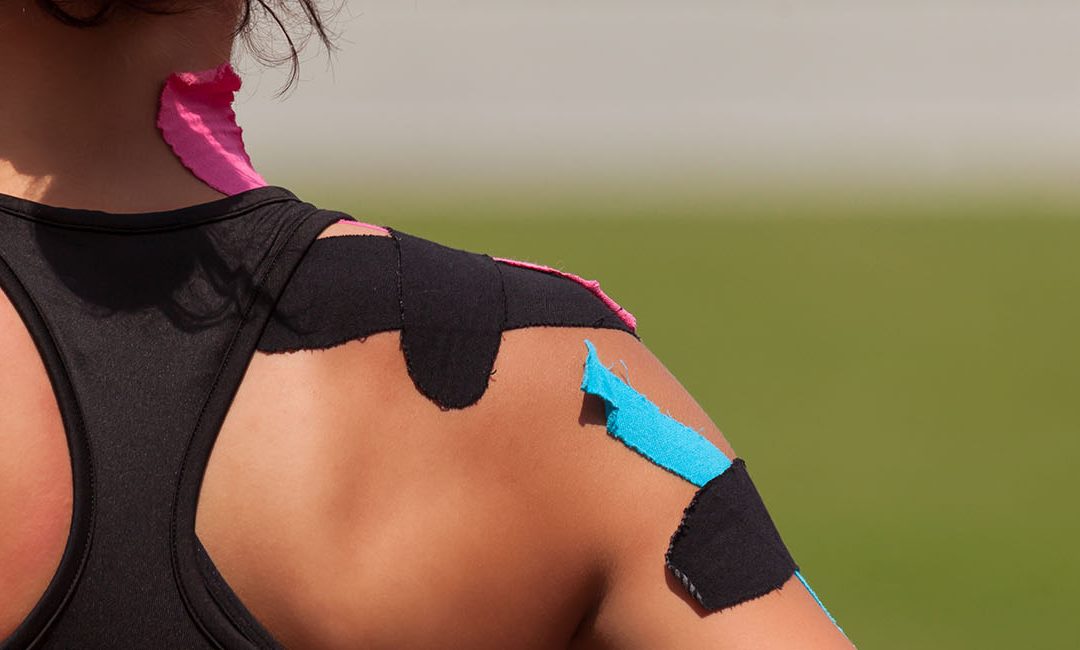Shoulder Instability occurs when the ligaments, tendons and connective tissues wear out as well as are unable to hold the joint bones together. The shoulder is the most mobile joint of the body that allows you to lift and rotate the arm. However, during certain movements, excessive stress may be put on the joint capsule, causing the ligaments to tear. As a result, the shoulder joint may become loose and the bones may slide excessively over each other. This condition is known as Shoulder Instability. It may either cause the humerus to move partially (subluxation) or completely (dislocation) out of the glenoid cavity.
Causes
- Repetitive overhead movements
- Previous shoulder injury
- Genetically loose ligaments
- Joint overuse
Symptoms
- Pain Inflammation
- Feeling that the shoulder may give out
- Tenderness to touch
- The joint may feel loose
- Recurrent shoulder dislocations
- Stiffness
- Pain may increase with overhead movements
- Limited range of motion
- Numbness and tingling in the arm
- Popping or clicking sensation during certain arm movements
- Difficulty sleeping on the affected shoulder
Diagnosis
The shoulder specialist may conduct a physical examination and inquire about any previous injury or joint dislocation.
He may move the shoulder in different directions to check for strength and range of motion.
Imaging tests, such as X-ray, CT scan or MRI may be required to determine the extent of damage caused to the ligaments and connective tissues within the shoulder joint.
Treatment
Lifestyle Modification: The patient may be advised to give rest to the affected shoulder and avoid activities that may aggravate the symptoms.
Medication: The doctor may prescribe non-steroidal anti-inflammatory medications to provide relief from pain and swelling.
Ice Packs: Applying ice packs at frequent intervals may also help to eliminate inflammation and reduce pain.
Shoulder Brace: The doctor may advise wearing a shoulder brace or sling to provide support and hold the joint in a properly aligned position. This will restrict any jerky movements and prevent further damage to the shoulder.
Physical Therapy: The physical therapist may suggest certain stretching and strengthening exercises to improve the stability of the joint.
Surgery: Surgical treatment may be required to repair torn or loose ligaments so that they can hold the joint firmly in place.
The orthopedic surgeons at OrthoTexas provide comprehensive diagnosis and treatment for Shoulder Instability.


